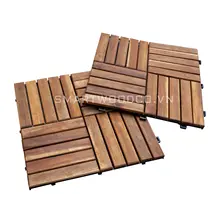Understanding Motorized HVAC Duct Damper Valves
Motorized HVAC duct damper valves are integral components in the regulation of airflow within heating, ventilation, and air conditioning (HVAC) systems. These devices, powered by electric motors, are designed to adjust the volume of air flowing through the ductwork, ensuring optimal distribution and comfort in various settings.
Types and Applications
There are several types of motorized duct dampers, including zone dampers, volume control dampers, and balancing dampers, each serving a specific function within HVAC systems. Their applications span across residential, commercial, and industrial environments, playing a crucial role in zoned temperature control, energy efficiency, and indoor air quality management.
Features and Materials
The construction of a motorized air damper typically involves robust materials such as galvanized steel, stainless steel, or aluminum, chosen for their durability and resistance to corrosion. Features may include position indicators, manual override options, and compatibility with various control systems, which contribute to their functionality and reliability in HVAC setups.
Advantages of Motorized Dampers
Utilizing a motorized damper for ductwork offers several advantages, such as improved energy efficiency by reducing heating and cooling in unoccupied spaces, enhanced comfort through better temperature control, and a reduction in the HVAC system's overall wear and tear. These benefits underscore the importance of selecting the appropriate damper for specific HVAC requirements.
Selection Considerations
When choosing a motorized HVAC damper, it is essential to consider factors such as the size of the duct, the type of HVAC system, and the specific needs of the space. It is also crucial to ensure compatibility with existing HVAC controls and to select a damper with the appropriate torque to effectively manage airflow without overburdening the motor.
Installation and Maintenance
While the installation and maintenance of a motorized ventilation damper should be carried out by professionals, it is important for buyers to be aware of the ease of integration into existing systems and the availability of replacement parts. Regular maintenance is key to ensuring the longevity and proper function of these dampers within HVAC systems.











































 浙公网安备 33010002000092号
浙公网安备 33010002000092号 浙B2-20120091-4
浙B2-20120091-4